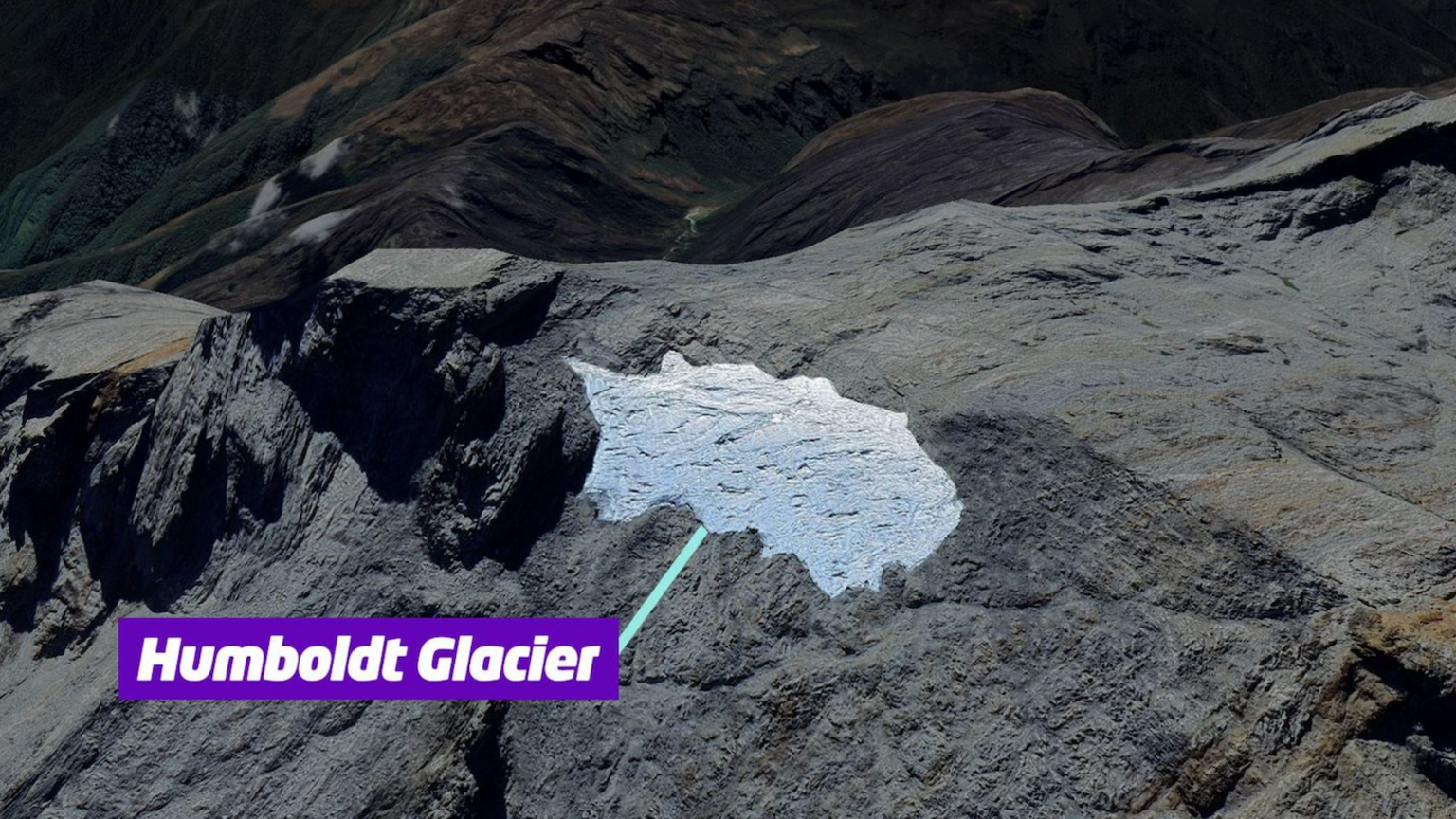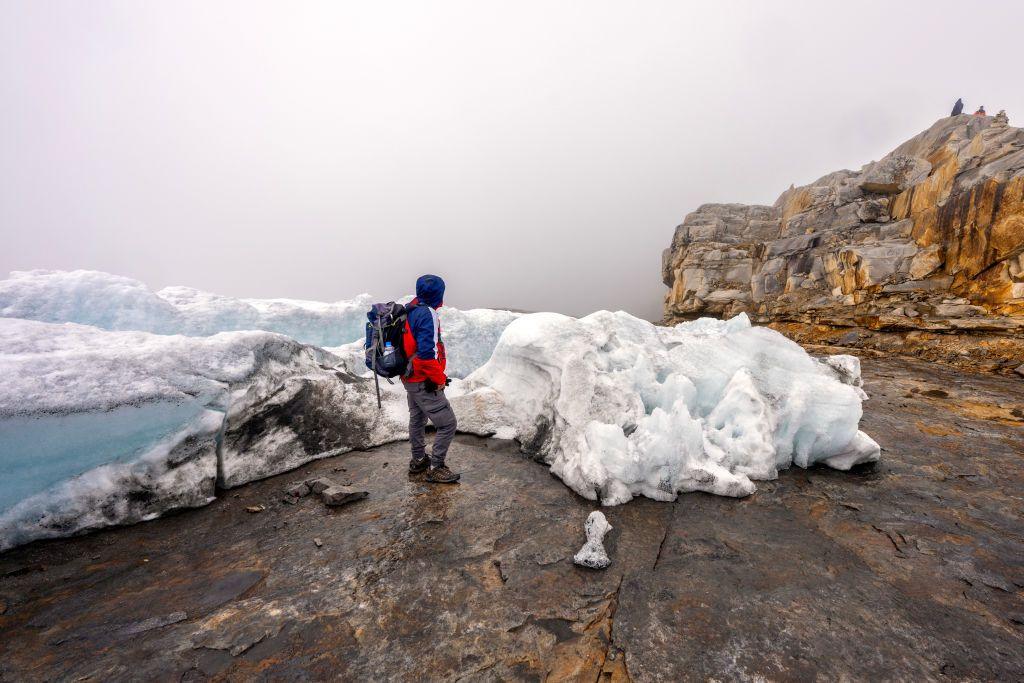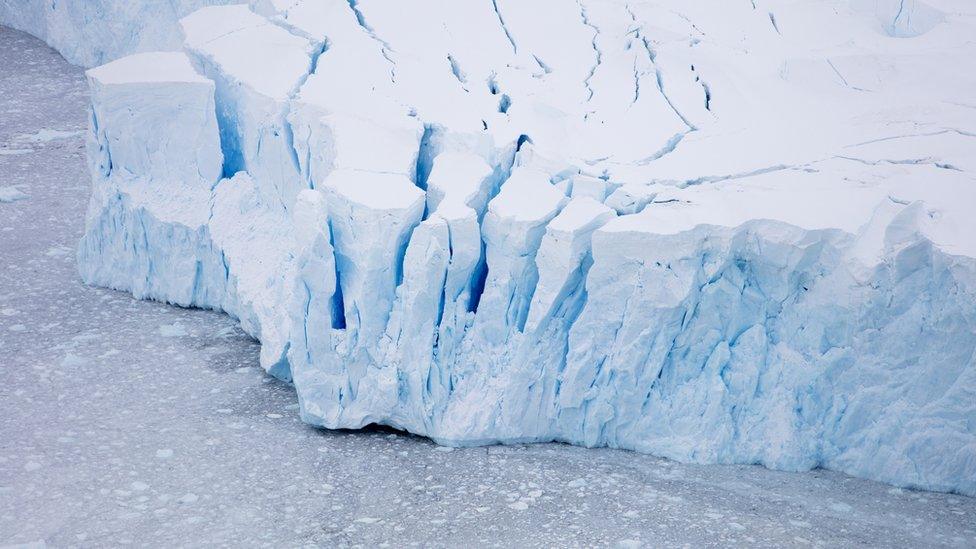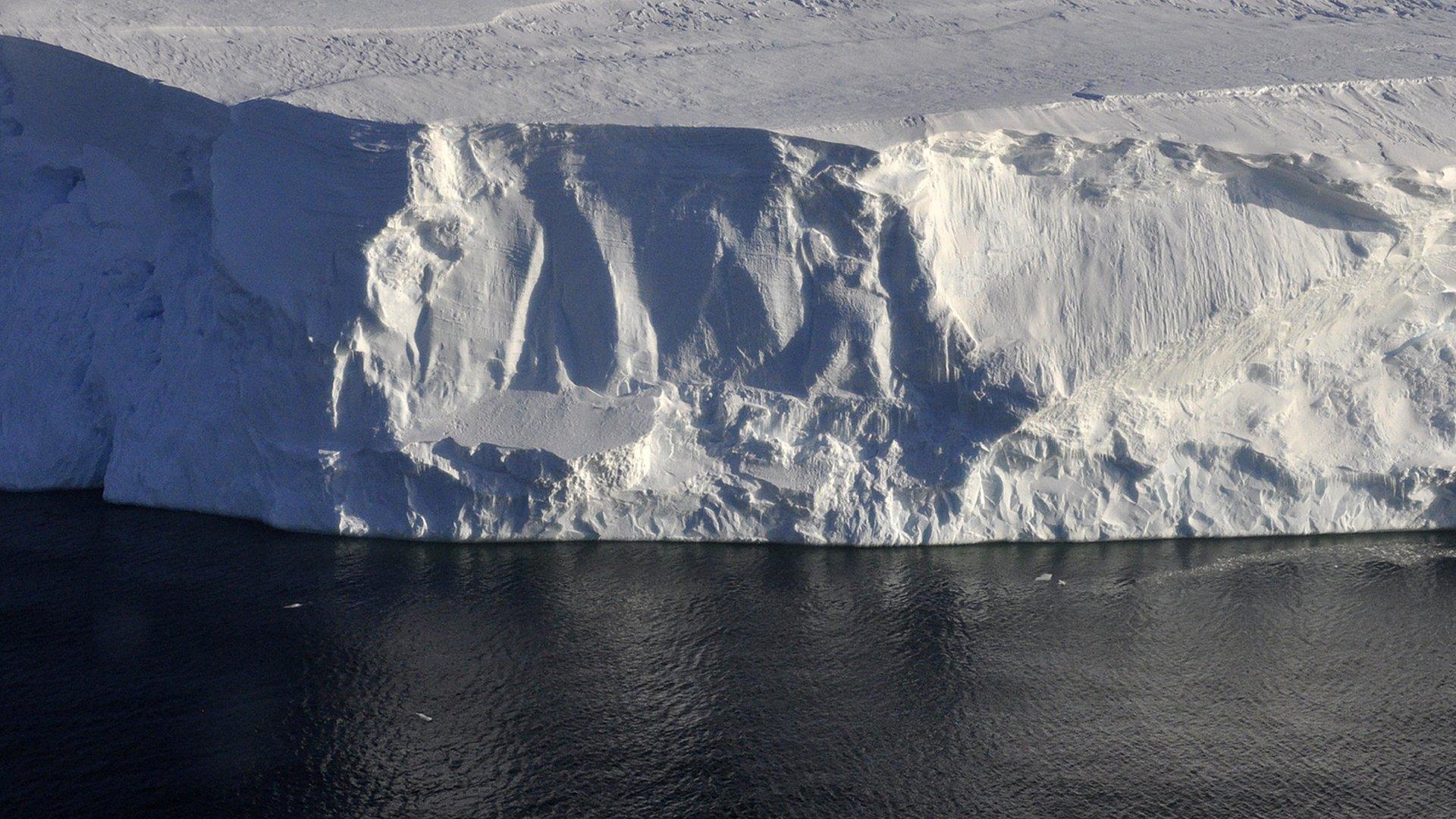Venezuela loses last glacier

- Published
Venezuela has lost its last remaining glacier.
The Humboldt glacier, that's found in the Sierra Nevada de Mérida mountains in the Andes, has shrunk so much that it's been reclassified as an ice field.
It's believed to be the first country in recent history to lose all its glaciers.
Scientists say they want to see the Paris Agreement on climate, to limit global temperatures from rising above 1.5 degrees Celsius, stuck to, which they hope could prevent further melting.
More stories from the Newsround website
Last glaciers in Africa to disappear by 2050
- Published8 November 2022
Climate change: What is it?
- Published20 January 2020
Why are glaciers and icebergs important? Video, 00:01:48
- Published15 February 2021
What is a glacier?

How the Humboldt glacier looked in 2008
Glaciers are large masses of frozen ice that move slowly downhill.
As glaciers move, they wear away the surrounding land through erosion.
Dr Caroline Clason from the University of Durham studies them in places like Peru.
She explained that the Humboldt glacier, also known as La Corona, has stopped moving and is sat there on the mountainside.
"There has not been much ice cover on the last Venezuelan glacier since the 2000s", she said, "Now it's not being added to, so it has been reclassified as an ice field."
Dr Clason says it's likely there were ten glaciers in Venezuela in the 1950s, reducing to six in the 1990s, and only one by 2011.
Why are glaciers so important?

Glacial lakes formed by melting snow in the Mercan Valley in Turkey
Glaciers generate fresh water and have unique ecosystems on the surface we don’t see elsewhere.
The water that melts off glaciers is important for other ecosystems too: Wetlands are replenished, animals have sources of water, and the flow can also be used for things like hydropower.
Glacier water is especially important when a country has a dry season. as it adds to the river flow.
Glaciers can also be a part of traditional ways of life and have spiritual significance for some populations.
They also have cultural significance as people often hike to see them and they attract tourists.
In Iceland a funeral was held for a melted glacier in 2019.
Dr Clason explained that although the amount of water coming from the one in Venezuela is small, thatchange in status is a "symbolic change".
What can be done to help glaciers?

Experts say that the Ritacuba Blanco glacier in nearby Colombia is also melting
A regular climate phenomenon called El Niño is affecting the world at the moment.
This is when warmer temperatures in the eastern Pacific Ocean cause changes which influence weather patterns around the world.
It can make temperatures hotter which isn't good news for the icy masses.
However, mountainous regions like the Andes have seen other big changes in the last few decades when it comes to tropical glaciers reclining.
Dr Clason tinks the best way to protect glaciers is by stopping the world from heating up as much.
She wants more to be done to tackle climate change and for world leaders to stick to the agreements signed at the Paris Agreement on climate, which aims to limit global warming to "well below" 2C by the end of this century, and "pursue efforts" to keep warming within the safer limit of 1.5C since pre-industrial times.
- Published7 January 2023

- Published25 August 2022

- Published28 January 2020

